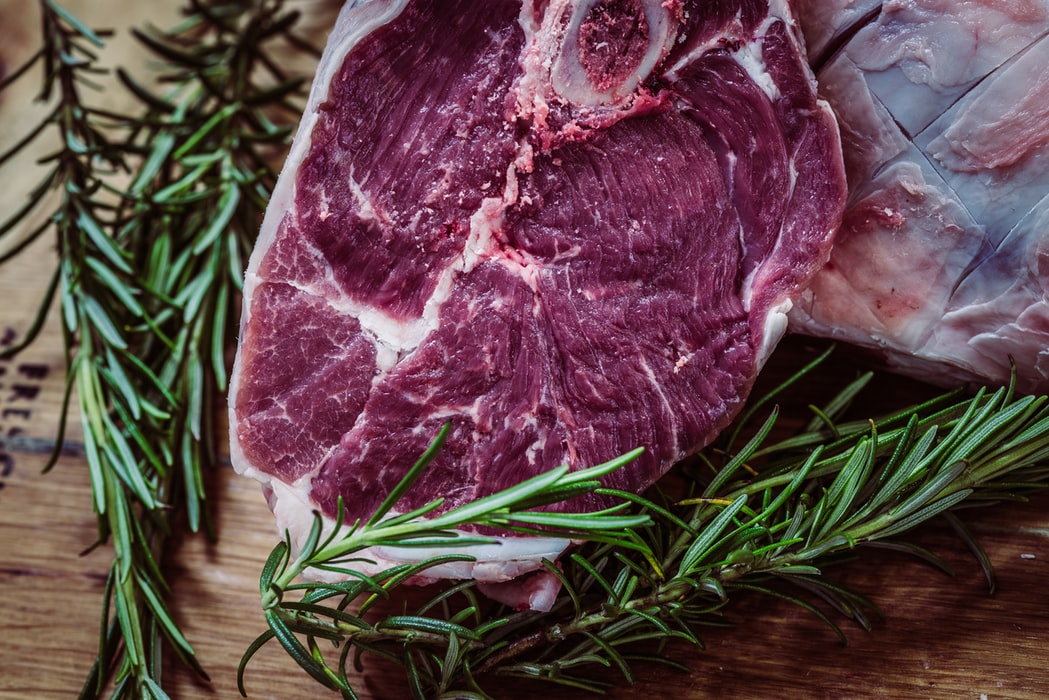Have you ever wondered why dog food comes in this huge bag filled with tiny kibbles of compressed unknown ingredients? Much of what goes into dog food is not high-quality in nature. Blood meal, bone meal, and fat frequently come from animal carcasses containing potentially harmful drugs or diseases. Is it time to consider something better for your dog’s diet?
Before marketing and advertisers took over the world of big business, what did dogs eat? We take a look at how a dog in the wild gain adequate nutrition. A wolf, for example, survives from a kill. The contents of the animal’s stomach are eaten first. Doing this, the wolf takes in grains and vegetables, as well as, enzymes needed for good nutrition. Next, the wolf devours the meat and some bones. Protein and calcium have now been added to the diet. This natural diet in the wilderness has been effective in maintaining quality health over the years. Unlike the domesticated dogs of today, such animals generally have excellent immune systems.
When your dog’s diet consists primarily of unhealthy animals, can you not assume that your dog will become unhealthy, as well? Today, veterinarians have seen more health problems with dogs than ever before.
Natural raw diet
The natural raw diet feeds the immune system of your pet. Your dog’s diet will contain natural foods that provide the body with what it needs to repair itself and perform at its best.
The raw diet is prepared one time a day. It is not complicated and well worth the time and effort to ensure the excellent health of your dog. Always consult your vet before altering your dog’s diet. The raw dog diet has helped many dogs combat health issues such as arthritis, skin problems, and weight trouble.
Ingredients of the raw diet include meat, veggies, and grains. Approximately half of the diet is meat. Vegetables, fruit, and grain cover the rest.
When preparing the dog’s diet, feed the dog about the same amount of the raw dog diet as you would kibble. This is a good starting point. You can adjust the diet as necessary to meet your dog’s specific needs.
Contact a local butcher to purchase a ground turkey, for example. Each day prepare a bowl of 50% raw ground
Turkey with some wet oats. Juice some vegetables such as carrots and swiss chard and add the juice to the mix.
Juicing the vegetables helps to digest the enzymes for your pet. This is similar to the wolf consuming the contents of a stomach. Your dog’s diet will need various vegetables daily to maximize the potential for the best vitamins and nutrients.
Carrots should always be the base and alter other veggies daily. The carrots will regularly supply potassium, calcium, vitamins A, B, C, D, and E. Greens offer vitamins A, C, and chlorophyll. Apples are good for vitamin C.
Certain veggies have healing properties. Kale, for instance, helps to remedy digestive disorders. Watercress and mustard greens help to cleanse the intestines. Parsley helps the metabolism and thyroid. Celery has numerous advantages. It helps with chemical imbalances, and blood flow, and is a natural diuretic. Beets are good for the blood. They offer copper and manganese.
Some foods to avoid include broccoli, cabbage, and turnips. These create intestinal gas. Cucumbers, onions, and potatoes do not digest a dog’s diet well.
Flaxseed is a fabulous addition to the raw diet to encourage healthy joints and coats. The omega 6 and 3 fatty acids help with such conditions.
The raw diet for your dog can combat several health issues. The natural diet allows your dog to eat what nature intended. You know what foods are in your dog’s diet. The raw diet is high in quality and healthy for your pet.





